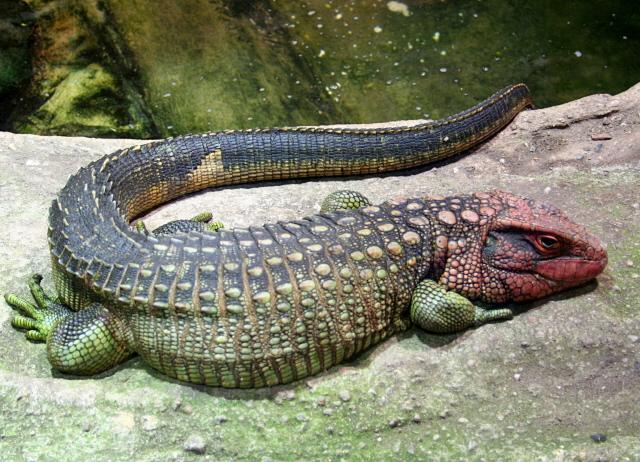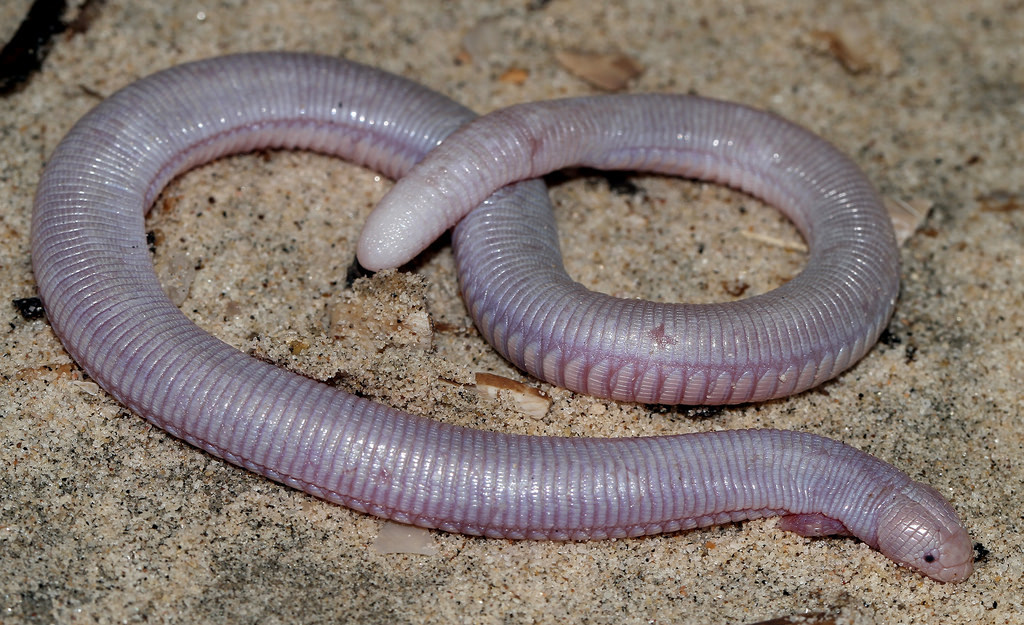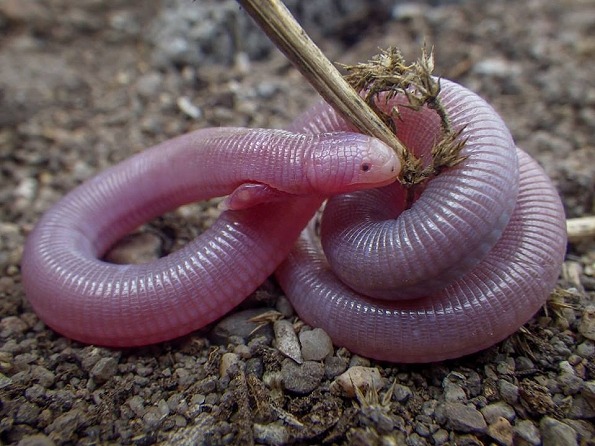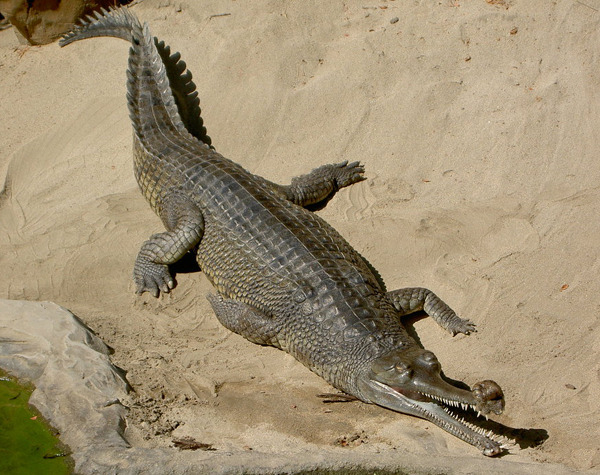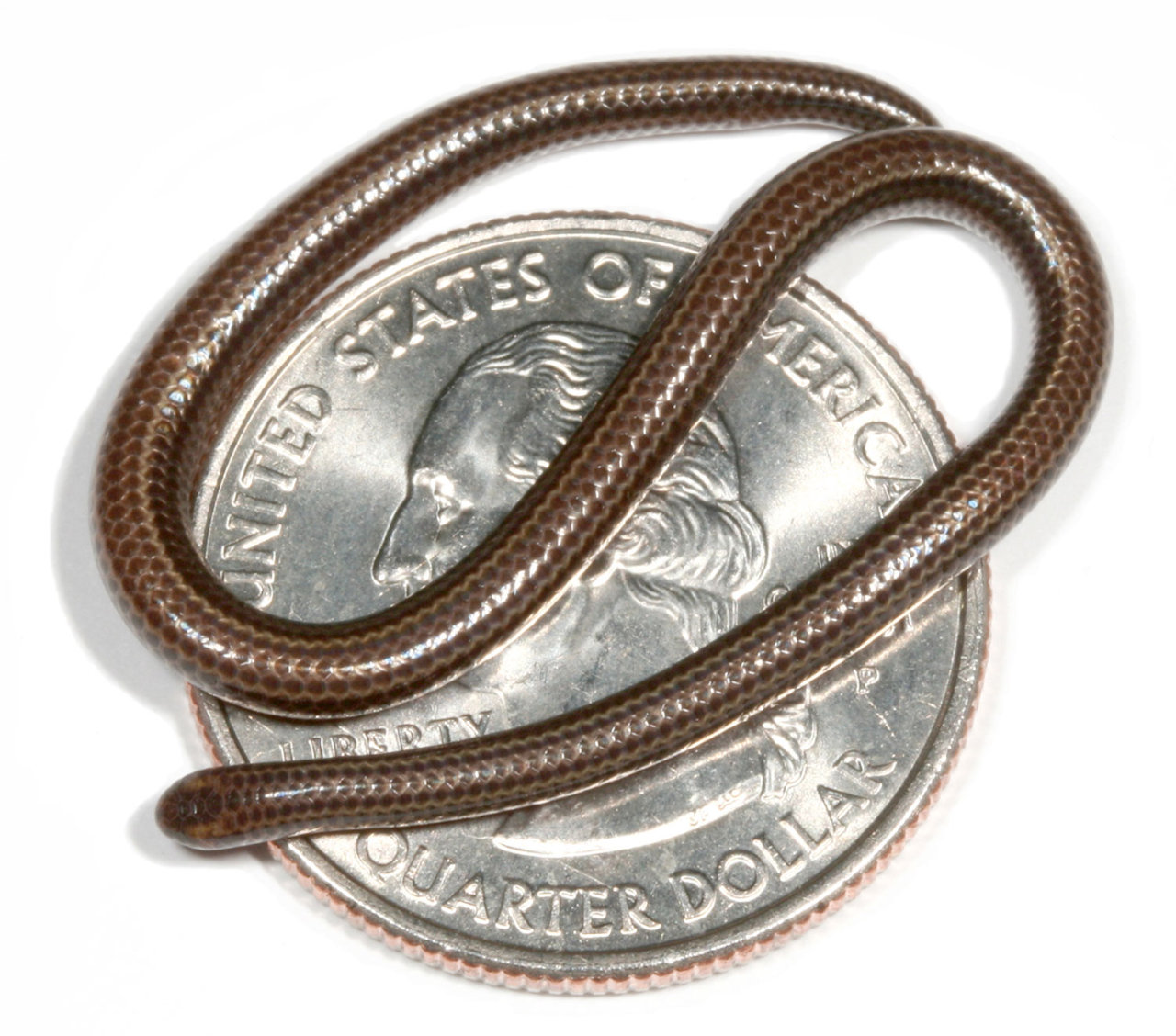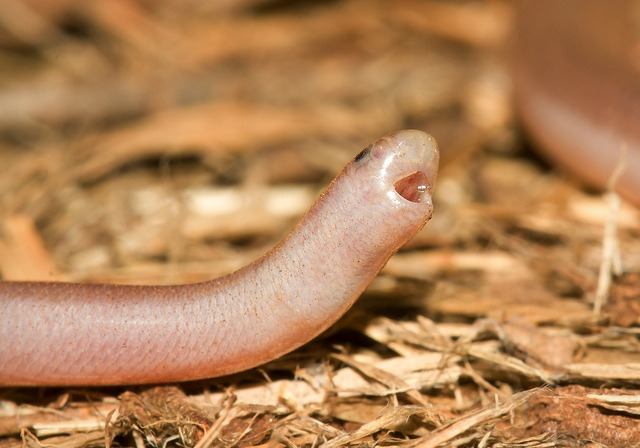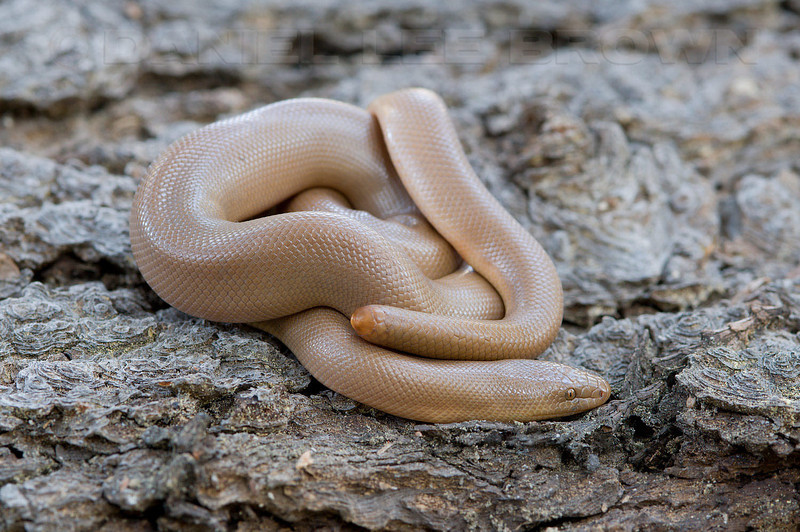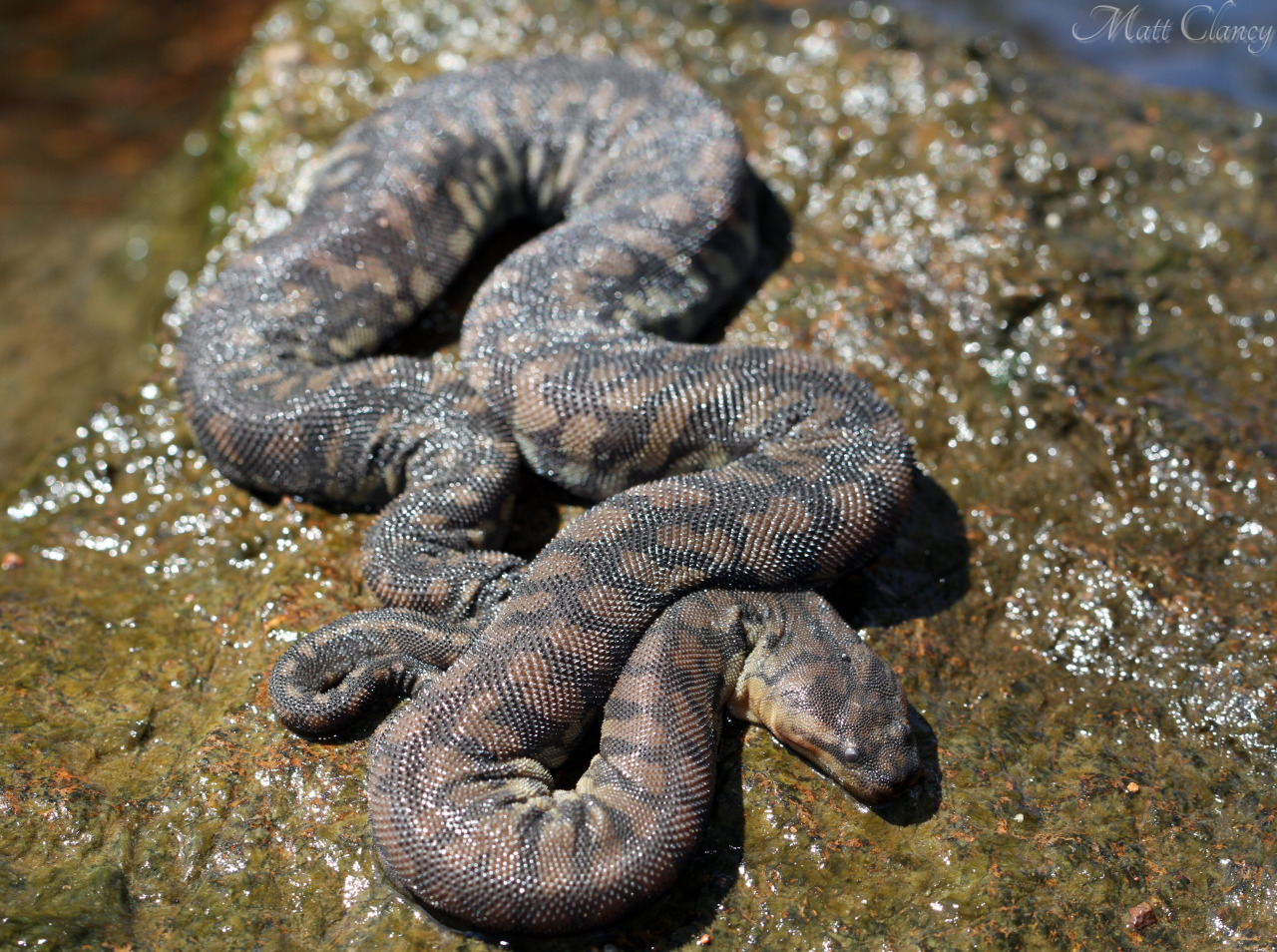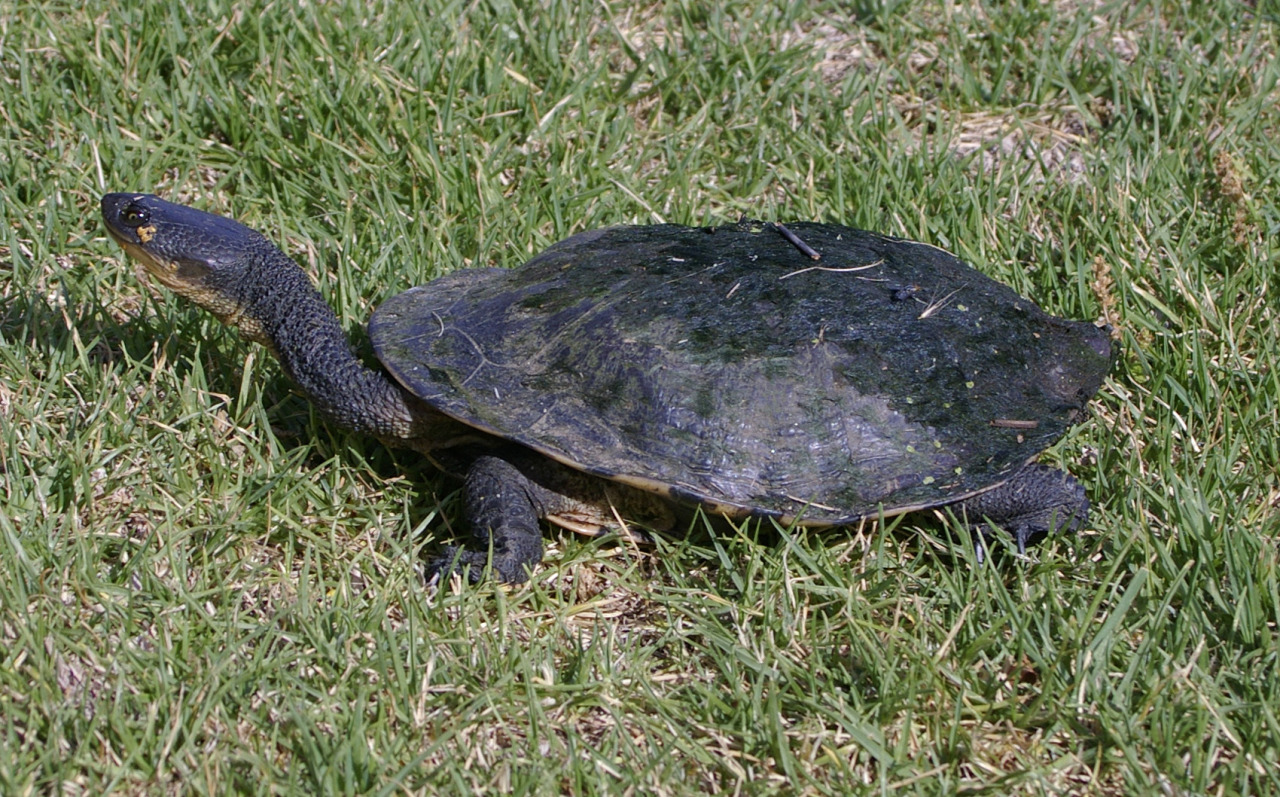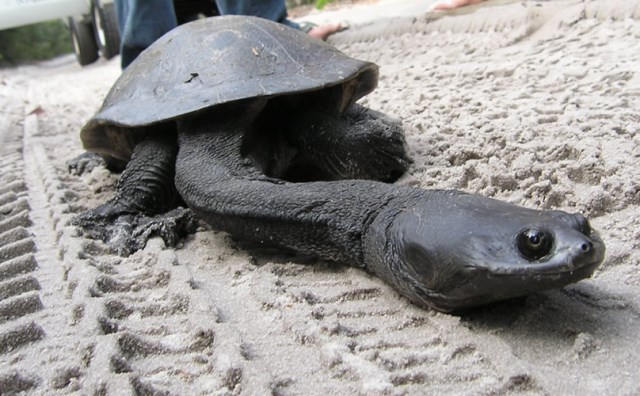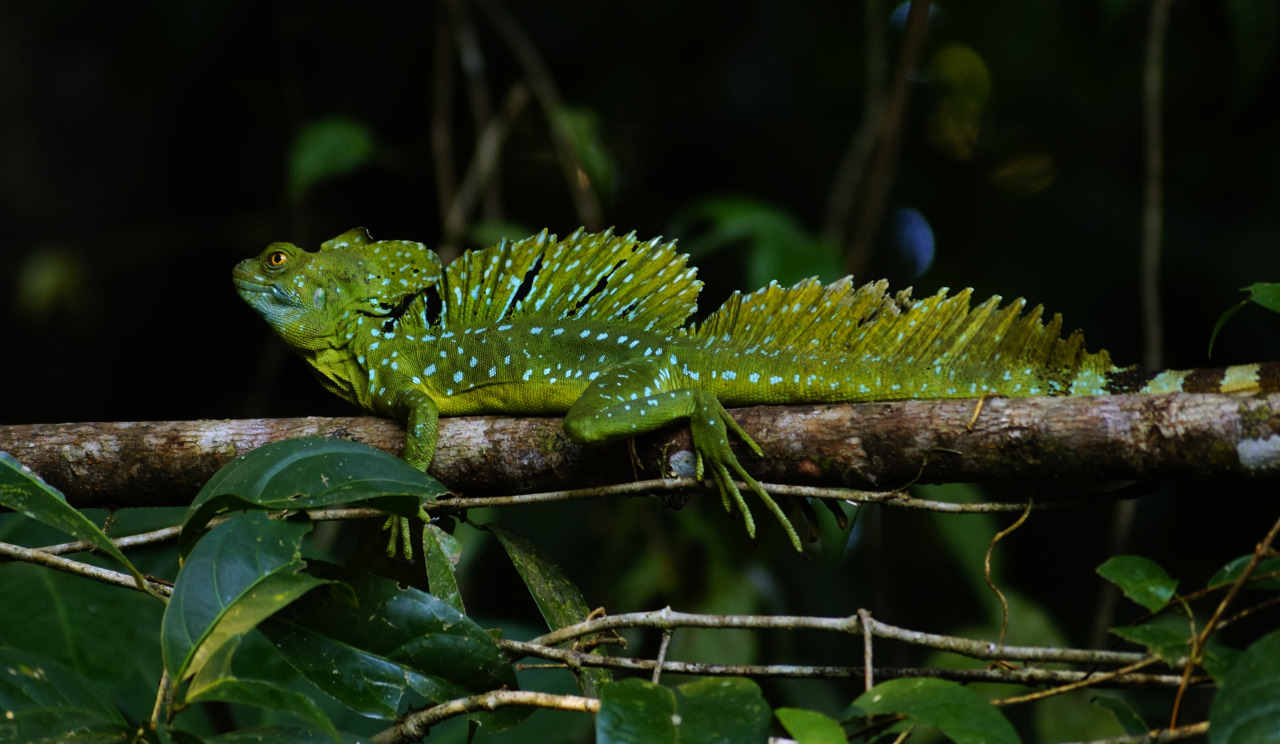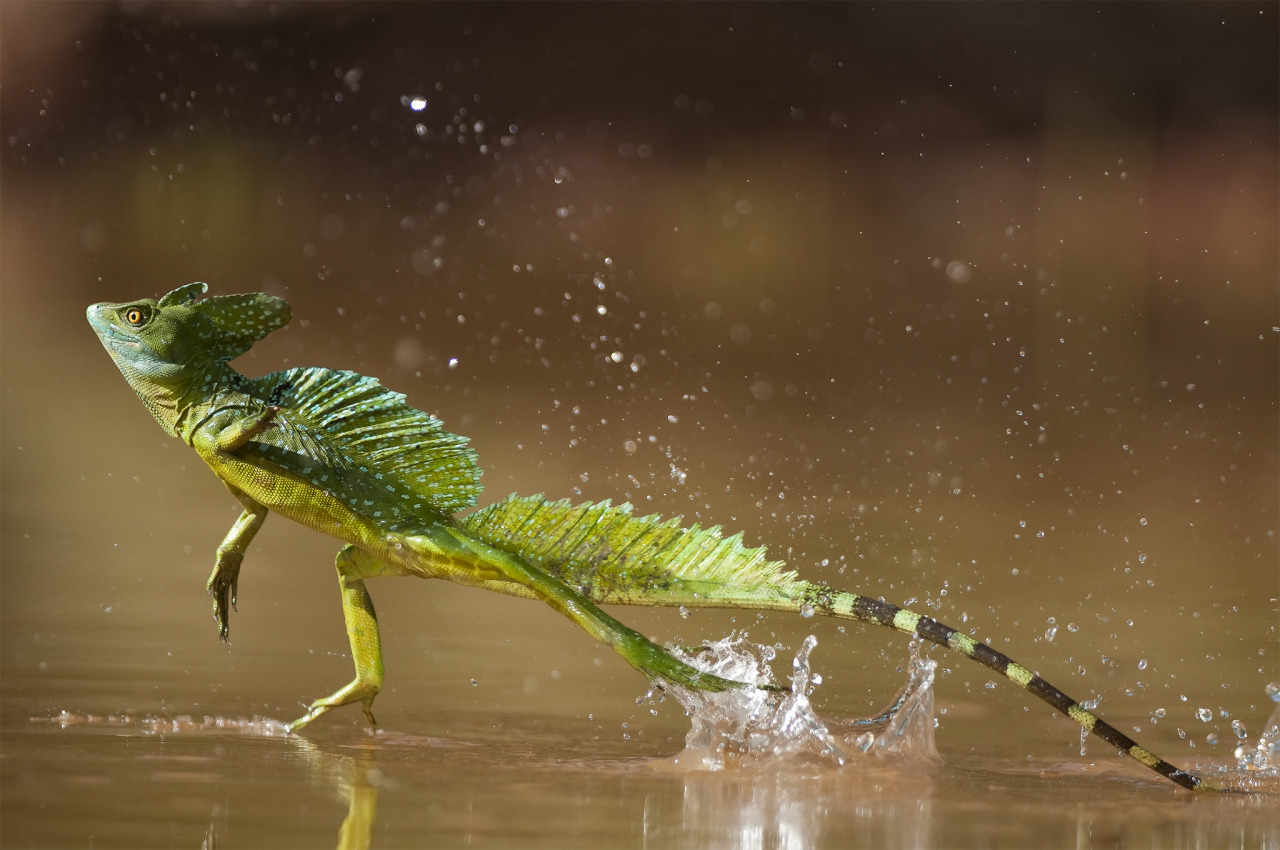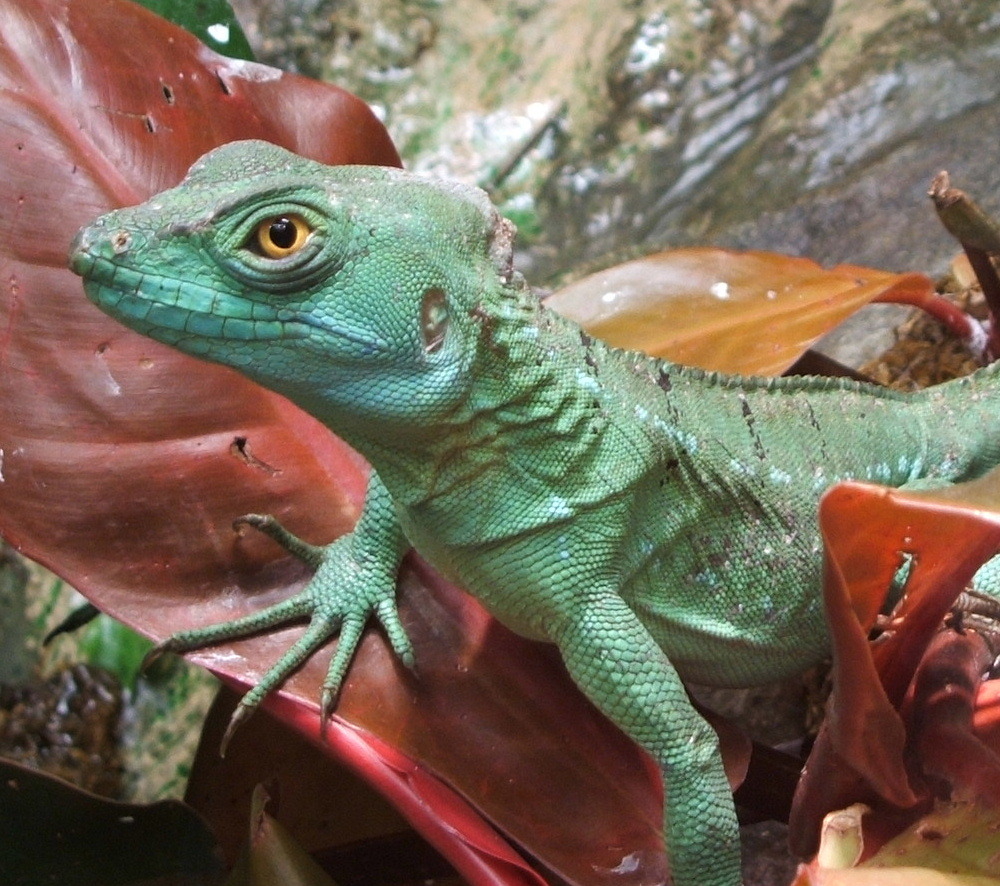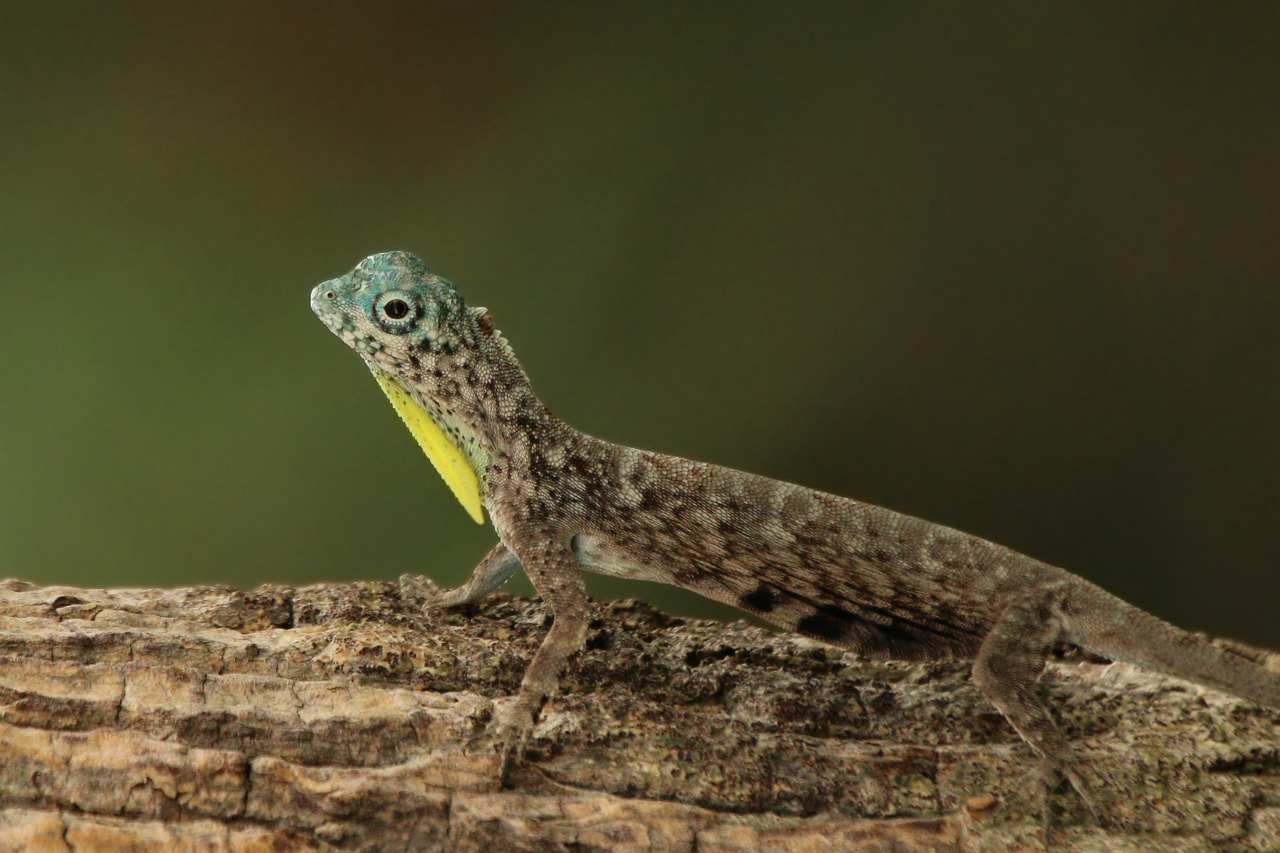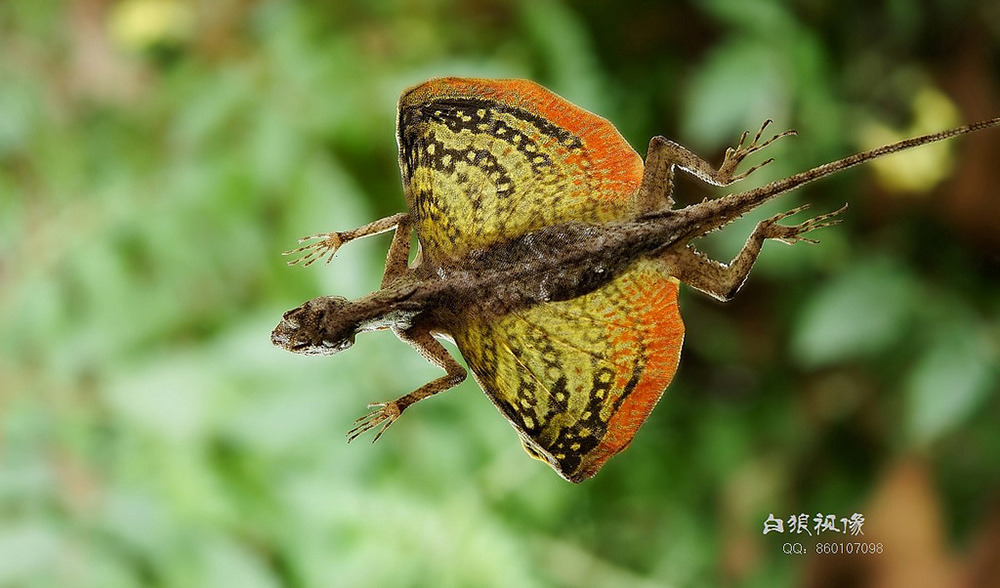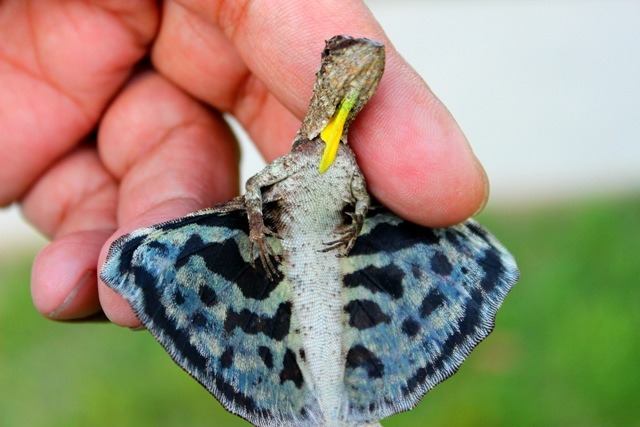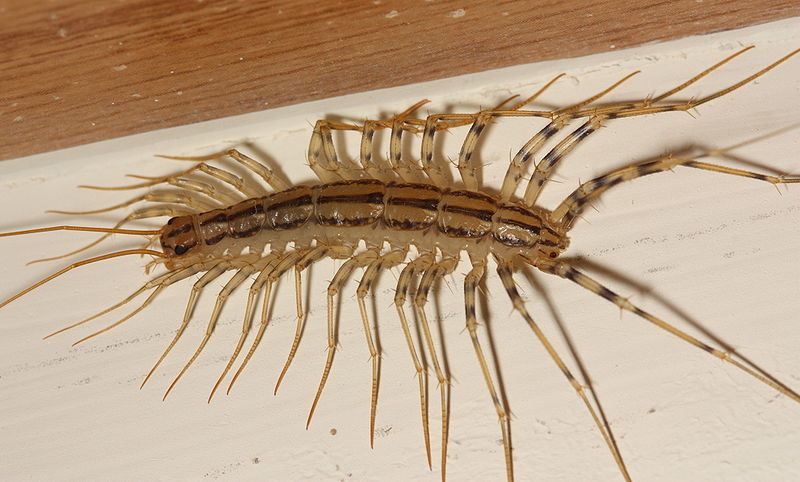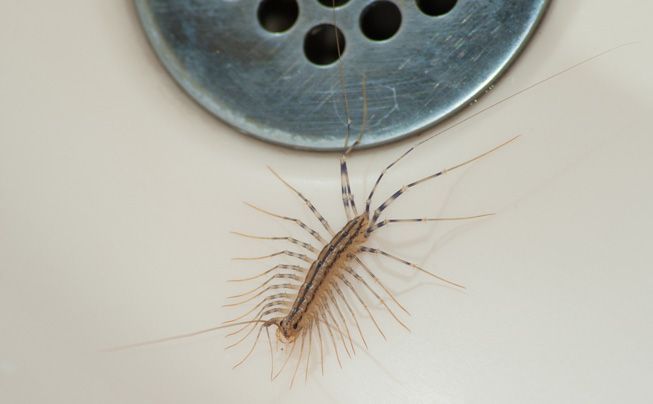Zootoca vivipara
When asked to think of a lizard, most people imagine something that is scaly, cold blooded, and lays eggs. Zootoca vivipara is a little different from most lizards though. It is one of only three species of lizards that live on the British Isles, but is also found throughout Eurasia, and its range extends past the Arctic Circle, farther north than any other reptile. That in itself is an accomplishment, but this lizard is known for something else. You see, this lizard is known as the viviparous lizard, because instead of laying eggs like most reptiles, this lizard gives birth to live young.

The reason for this unusual adaptation is the viviparous lizard’s (or common lizard, as some people call it) habitat. It is simply not warm enough to lay eggs and let them incubate on their own. Female lizards must carry their young inside for three months so that they can develop without freezing. There are viviparous lizards that do practice the lay and leave method (where a lizard finds a safe place, lays her eggs, and then takes off), but all of them live farther south, where it is warmer.
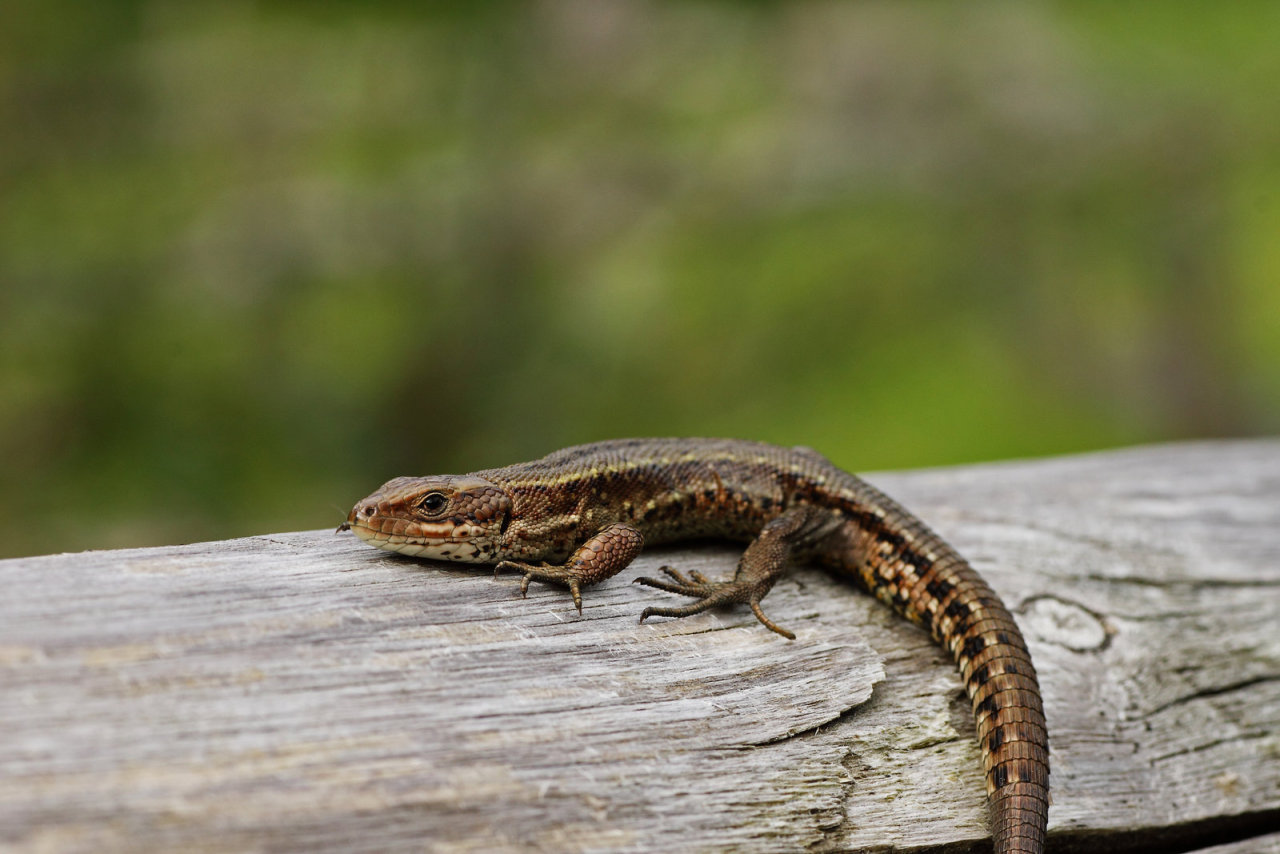
Other than their method of reproduction, viviparous lizards aren’t that different from most other lizards. They’re pretty small, with a body length of only 5 inches, although their tails can be double that. They eat small insects and bask in the sun when they get cold. In the winter, the northern populations hibernate, while the ones in the south stay active year round, presumably to celebrate the joys of not having to carry around squirming young for a quarter of the year.



